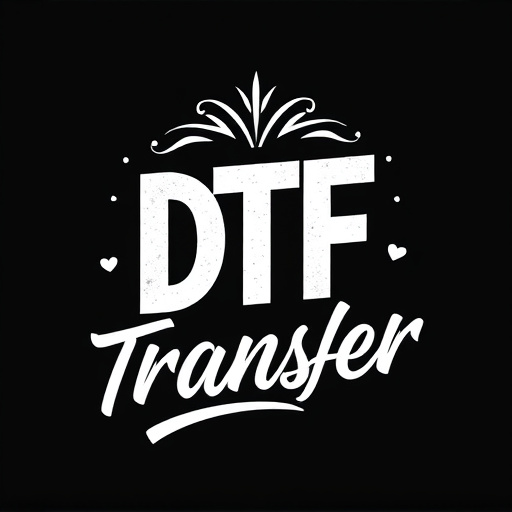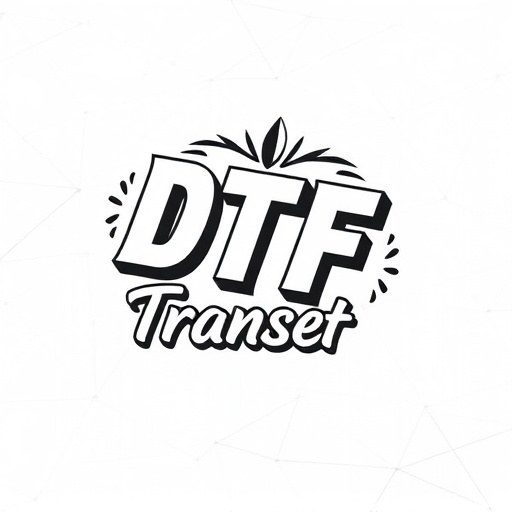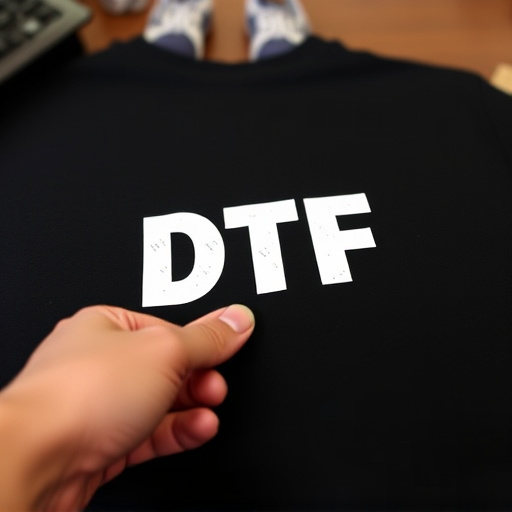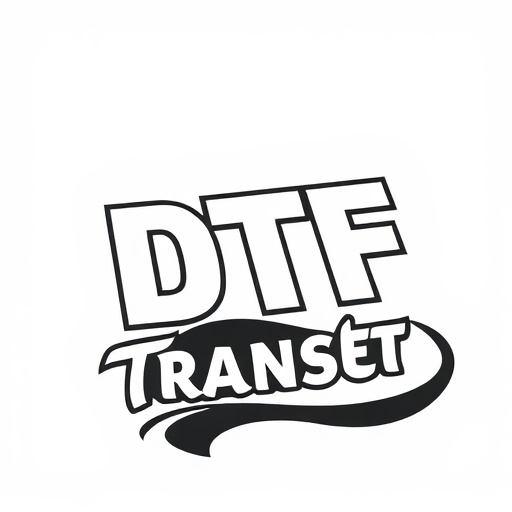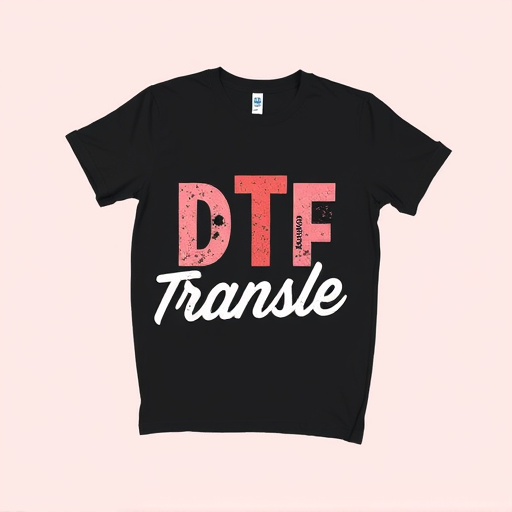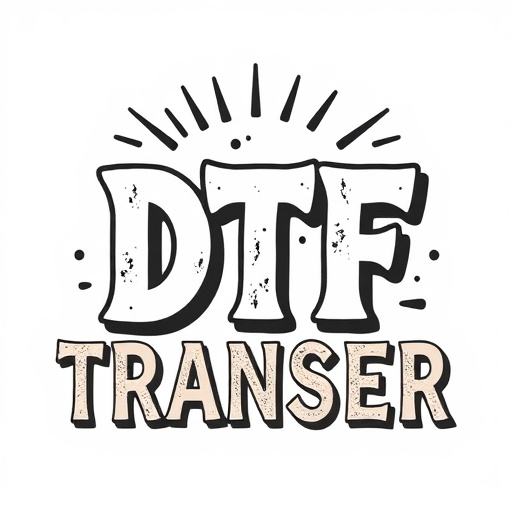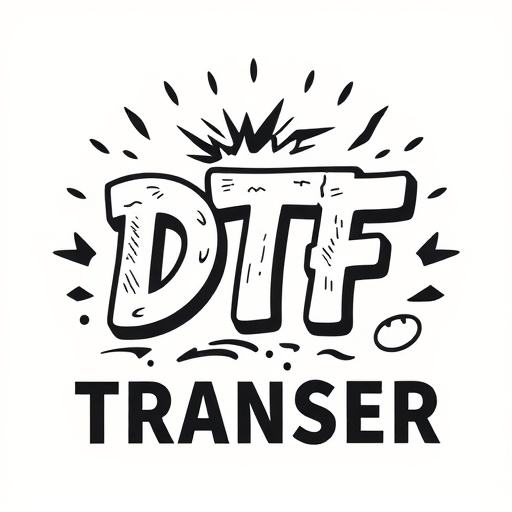Direct-to-Film (DTF) technology is revolutionizing film production and printing with its cutting-edge approach. It eliminates traditional printing methods, offering vibrant colors, sharp details, and swift production times. DTF is ideal for fast-paced industries, providing consistent, reliable results for both independent projects and promotional materials. The process involves transferring digital art directly onto various materials using specialized equipment, eliminating the need for printing plates. Turnaround times vary based on design complexity, material type, and desired quality. Choosing a reputable DTF service with expertise in the latest technologies ensures superior image quality and prompt delivery, ranging from 2-4 weeks (standard) to 1-2 weeks (expedited). Effective communication of delivery options is crucial, with case studies showing standard transfers taking 3-5 business days.
“In today’s fast-paced world, direct-to-film (DTF) technology offers a revolutionary approach to printing and delivery. This article delves into the efficient DTF transfer process, exploring its benefits and timeframes. We guide you through choosing the ideal DTF printing service and highlight key factors affecting delivery speeds. From expedited to standard options, understand how to optimize your DTF print experiences. Additionally, real-world case studies illustrate the practicalities of DTF transfers, ensuring you’re well-equipped with knowledge about this cutting-edge technology.”
- Understanding Direct-to-Film (DTF) Technology and Its Benefits
- DTF Transfer Process: How It Works and Timeframes Involved
- Choosing the Right DTF Printing Service for Your Needs
- Key Factors Influencing Delivery Time for DTF Prints
- Expedited vs. Standard Delivery Options for DTF Products
- Case Studies: Real-World Delivery Experiences with DTF Transfers
Understanding Direct-to-Film (DTF) Technology and Its Benefits
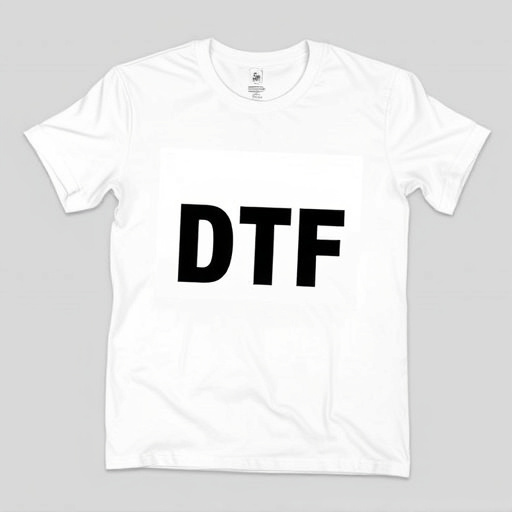
Direct-to-Film (DTF) technology is a cutting-edge process that revolutionizes the way we produce and deliver prints, especially in the film industry. It involves transferring high-quality images directly onto films, eliminating the need for traditional printing methods. This innovative approach offers numerous advantages, making it a game-changer for various applications. With DTF, filmmakers and content creators can achieve vibrant, precise colors and sharp details on their desired medium, whether it’s for feature films, independent projects, or even promotional materials.
One of the key benefits of DTF technology is its speed and efficiency. The DTF transfer process allows for quick production times, enabling rapid turnaround of film prints. This is particularly valuable in fast-paced industries where timely delivery is essential. Additionally, DTF printing ensures a consistent and high-quality outcome, providing filmmakers with a reliable method to showcase their work. As a result, DTF becomes an attractive option for those seeking a modern, streamlined approach to creating and distributing film prints.
DTF Transfer Process: How It Works and Timeframes Involved

The Direct-to-Film (DTF) transfer process is a cutting-edge technology that revolutionizes the way custom prints are created and delivered. It involves a precise, automated procedure where digital art or designs are directly transferred onto various materials, such as fabric, paper, or plastic, using specialized equipment. This innovative method eliminates the need for traditional printing plates, making it an efficient and versatile option for on-demand production.
The DTF transfer process typically entails several stages. First, the digital design is optimized for the specific substrate and printing technology. Then, a precise laser or inkjet printer applies the image, fusing the dye or pigment into the material’s surface. The timeframe for this process varies based on factors like the complexity of the design, the type of material, and the desired print quality. Generally, simple DTF prints can be produced in a matter of minutes, while more intricate designs or specialized materials may take up to an hour or more to transfer successfully.
Choosing the Right DTF Printing Service for Your Needs

Choosing the right DTF (Direct-to-Film) printing service is a crucial step in ensuring top-quality results for your products. When selecting a provider, consider factors like their expertise in DTF transfer techniques, the range of materials they can print on, and turnaround times to match your desired delivery schedule. Reputable services will offer diverse DTF printing options, catering to various needs, from small-batch custom prints to large-scale production runs.
Look for a provider that understands the intricacies of DTF printing, including the latest technologies and innovations. This expertise translates into better image quality, vibrant colors, and precise detail reproduction on a variety of substrates. Additionally, consider their customer support and communication; prompt responses and clear updates throughout the printing process can significantly enhance your overall experience.
Key Factors Influencing Delivery Time for DTF Prints

Several key factors significantly influence the delivery time for Direct-to-Film (DTF) prints. First and foremost, the complexity of the design plays a crucial role. Intricate designs with numerous details and colors typically require more time for the DTF transfer process, as each element needs to be precisely aligned and cured to ensure high-quality results. The size of the print is another critical consideration; larger prints often demand extended processing times due to the need for extended exposure to the film and potential drying or curing processes.
Additionally, the type of material used for the DTF transfer can impact delivery timelines. Different materials have varying levels of sensitivity and cure times, affecting the overall production speed. Weather conditions also indirectly influence delivery timeframes; ambient temperature and humidity levels can slow down the curing process, leading to longer wait times. Furthermore, the printing facility’s workload and capacity manage to meet deadlines, as peak demand periods may cause delays despite efficient processes.
Expedited vs. Standard Delivery Options for DTF Products
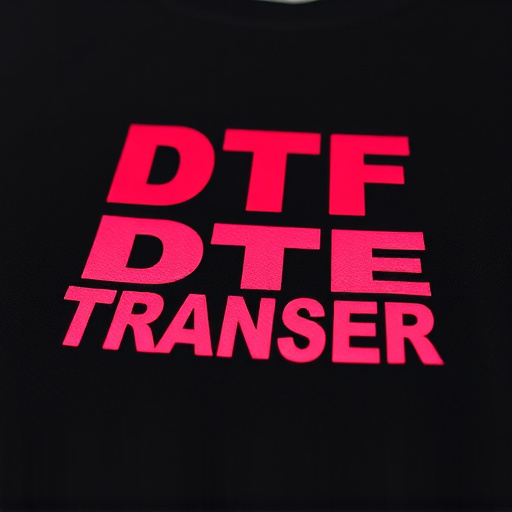
When it comes to direct-to-film (DTF) products, customers often have a choice between expedited and standard delivery options. Expedited delivery provides faster turnaround times, typically within 1-2 weeks, making it ideal for urgent orders or when a client needs their DTF prints or transfers swiftly. This option is especially valuable for businesses that operate on tight schedules or for special events requiring last-minute production.
Standard delivery, on the other hand, offers a more leisurely pace, with turnaround times ranging from 2-4 weeks. While it may not be as urgent, this option is cost-effective and suitable for those who have longer lead times or don’t require their DTF products in a rush. Standard delivery often allows for more flexibility in planning and can result in potential savings on expedited shipping costs.
Case Studies: Real-World Delivery Experiences with DTF Transfers
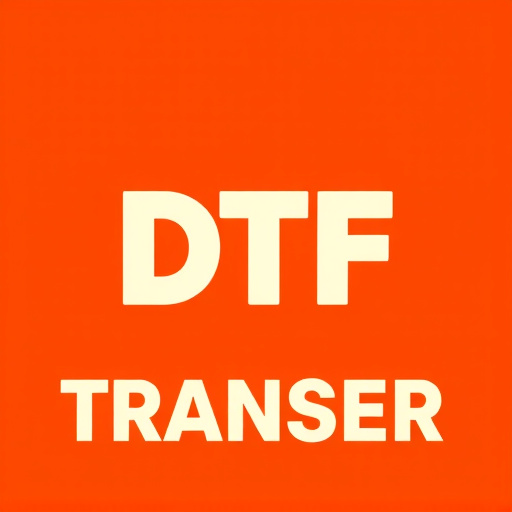
In the realm of direct-to-film (DTF) products, understanding delivery options and timeframes is pivotal for managing expectations and ensuring customer satisfaction. Case studies from real-world experiences offer valuable insights into the intricacies of DTF Transfer processes. For instance, a study focusing on a leading DTF Printing service provider revealed that standard DTF Transfers can take anywhere from 3 to 5 business days, depending on the complexity of the design and order volume. This timeframe includes not just the printing process but also quality checks and packaging.
These case studies further highlight variations in delivery speeds. Express services, while more costly, can deliver DTF Prints within 24 hours for simpler designs, making them ideal for time-sensitive projects or urgencies. Conversely, high-volume orders may benefit from slightly longer lead times, as they often involve intricate details that necessitate careful printing and quality assurance measures. Such real-world data underscores the importance of clear communication with customers regarding DTF Transfer turnaround times and available delivery options.





